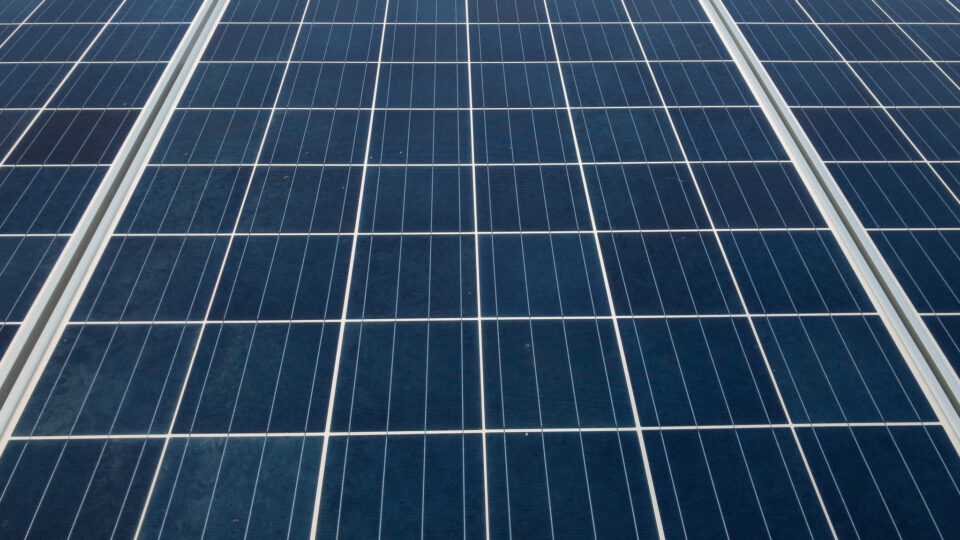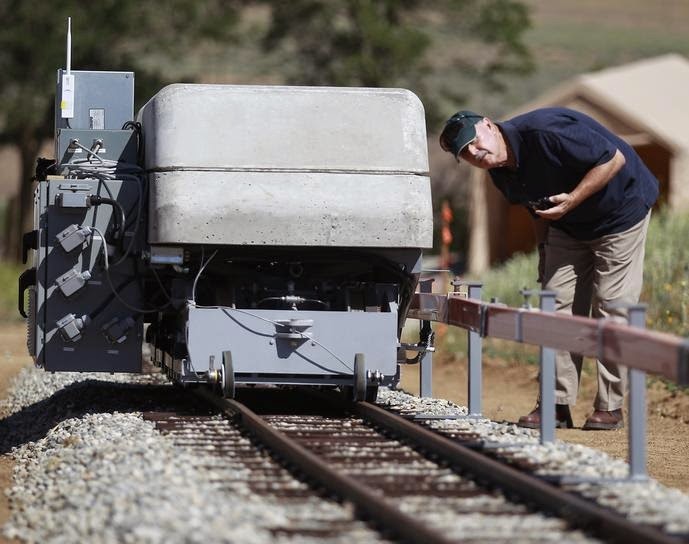For the past several years, the Swiss-based company Energy Vault has been developing an energy storage system based on the principle of using mechanical devices to lift heavy concrete blocks into stacks using power generated by wind turbines or other renewable sources. When energy is needed, the blocks are lowered back to the ground, spinning generators in the process.
The principle of storing energy in the form of gravitational potential energy is the most widely used form of energy storage in existence but usually works by pumping water into a reservoir at higher elevation and then letting the water come back down when energy is needed.
Energy Vault has built a grid-scale 100 MWh gravity storage system in Rudong China. It has now been successfully tested with charging and discharging and has been commissioned. Pending final provincial and state approvals, it will be the world’ first commercial, utility-scale non-pumped hydro gravity energy storage system.
The Rudong project teamed Energy Vault with environmental management company CTNY and Atlas Renewable. Energy Vault has extended its license agreement with Atlas Renewable to 15 years. CTNY has announced plans for eight additional deployments of the Energy Vault gravity storage system across China, representing more than 3.7 GWh of energy storage.
Energy Vault’s technology has attracted a fair amount of skepticism from parts of the energy community based on the environmental burdens of concrete as well as durability issues. It appears the technology will have significant real-world testing in China, which should provide unambiguous answers to everyone’s questions.
**********
Web Links
Photo, posted December 21, 2018, courtesy of Nancy Winfrey via Flickr.
Earth Wise is a production of WAMC Northeast Public Radio





